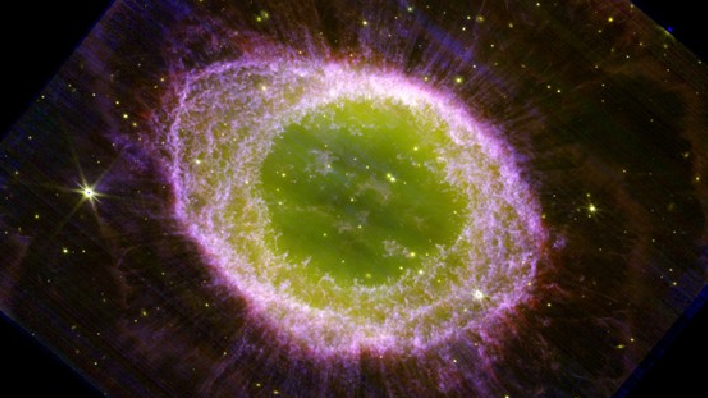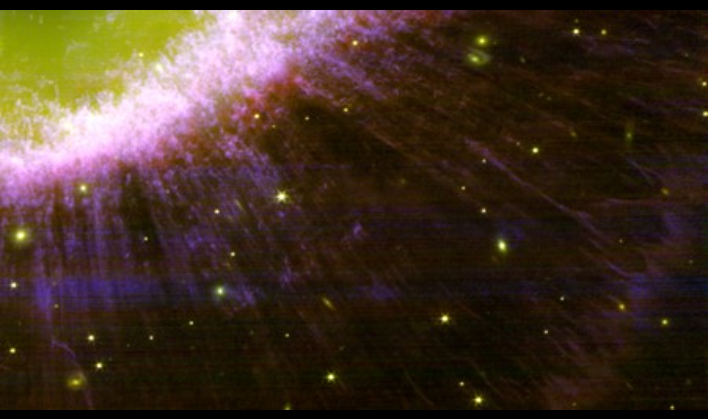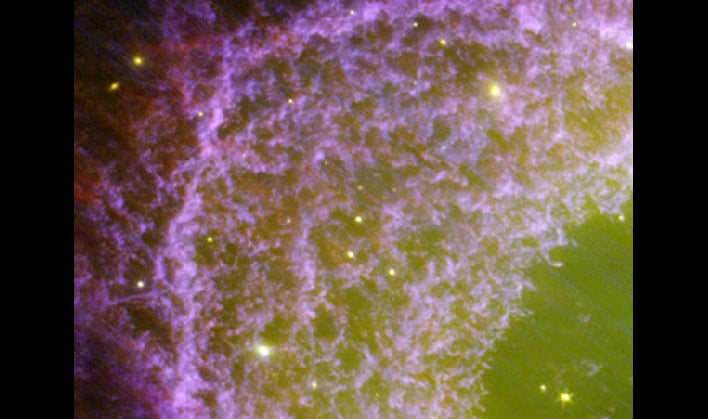U Manchester Astronomers Capture Amazing Ring Nebula Images From NASA JWST

Ms57 is a planetary nebula, the multicolored remnants of a dying star, that is located about 2,000 light-years from Earth in the constellation Lyra. It was first discovered in 1779 by French astronomer Antoine Darquier de Pellepoix and has since garnered the attention of many other astronomers and scientists. The latest images captured by JWST of M57 provide an incredibly detailed view of M57 for all to see.
"We are amazed by the details in this image, better than we have seen before," remarked Albert Zijlstra, Professor of Astrophysics at the University of Manchester. "We always knew planetary nebulae were pretty. What we see now is spectacular."

JWST lead scientist, Dr. Mike Barlow, says that the high-resolution images not only highlight the details of the nebula's expanding shell, but also showcase the inner region surrounding the central white dwarf in never before seen detail. He added, "We are witnessing the final chapters of a star's life, a preview of the Sun's distant future so to speak, and JWST's observations have opened a new window into understanding these awe-inspiring cosmic events."

"These images hold more than just aesthetic appeal; they provide a wealth of scientific insights into the processes of stellar evolution," explained Dr. Cox. "By studying the Ring Nebula with JWST, we hope to gain a deeper understanding of the life cycles and the elements they release into the cosmos."
The images are part of an international collaboration of astronomers led by Professor Mike Barlow and Dr. Cox. More images captured by JWST of M57 can be viewed via The University of Manchester website.

